Trainspotting at 603 kph
Quest for Speed: A History of Trains from Rocket to Bullet and Beyond
by Derek Hayes
Madeira Park, BC: Douglas & McIntyre, 2024
$44.95 / 978177162379
Reviewed by Ron Verzuh
*
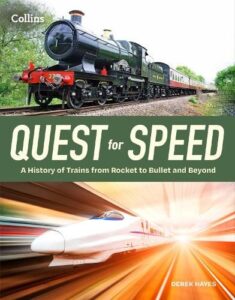
Trains are the civilized way to travel. What luxury to hear the clickety-clack and the blare of the horn off in the distance while you sit back, a Jo Nesbo novel in hand and dream to your next destination. But in Quest for Speed, you’ll need to dream fast, for the trains historian Derek Hayes talks about can travel 300-600 kilometres per hour.
Hayes ‘spots’ hundreds of trains, but this is not a book about trainspotting as portrayed in the 1996 black comedy of that name about a group of zany Scottish heroin addicts. So yes, Hayes is a trainspotter, which by definition means “the practice of watching trains, particularly as a hobby.” But he is also a serious train historian. Here, Hayes’ drug of choice is speed, and not the illicit kind, for his clear-eyed aim is to track the fastest trains in history and to look to those that are coming in the future.
We go along for the ride, spotting trains from Japan, China, Australia, and several EU countries. And from the United Kingdom, where trains were invented and have been a principle mode of transport for over two centuries.

Picture yourself on a speeding train racing across Spain, the second most mountainous country in Europe, or speeding from Tokyo to Hokkaido on one of the world’s most advanced train systems. You can lean into the Swiss Alps on a train that tilts to keep up its speed on the curves.
Here on the west coast, we chug along on Amtrak’s Coast Starlight, a snail train by comparison, and if travelling from Portland to Vancouver, riders may need to take a bus part of the way. Hayes tell us fast trains have never quite succeeded in our auto-mad part of the globe. Reading this book shows us what we’ve been missing: downtown-to-downtown comfort with no airport check-ins and no metal detectors. It’s almost as fast as flying and getting faster by the year.
For a moment I imagine myself in immersed in an Agatha Christie mystery. It’s probably The Mystery of the Blue Train or 4:50 From Paddington or, most famously, Murder on the Orient Express, where murder is committed on the train. Hayes provides images and facts about those old trains depicted in the Christie books and other stories.
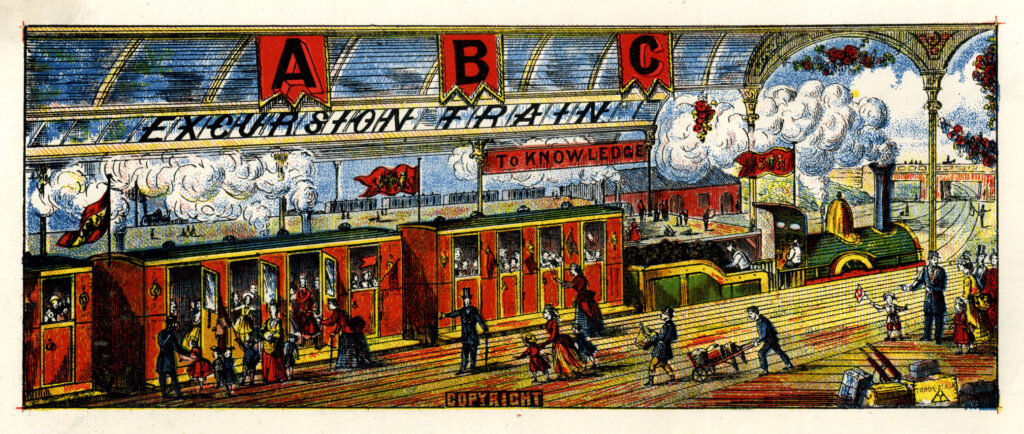
Over the decades, these metal behemoths have been the backbone of the economy in many countries, carrying coal, lumber and other industrial materials to manufacturing centres and then to markets. In the age of fast trains, they move people as a commuter service for locals and a shuttle for wandering tourists who want to relax en route to a favourite destination. Now they can get there faster than ever.
There is a romance to trains and Hayes feeds the fantasy, citing exotic names like the Puffing Billy, the Flying Scotsman and Flying Dutchman, the North Star and the Flying Duke, to name but a fraction of these historic land-racing machines.
There are literally hundreds of trains on display in this oversized book. Many of them blast off the page in full colour, some travelling at 300+ kph. Among my favourites: Britain’s blue Mallard, Italy’s Settebello and Spain’s Virgen de Aranzazu. And just for historic fun: a black and white shot of a Paris train crashing through the station at Montparnasse and landing face down on the street below. It’s a classic shot.
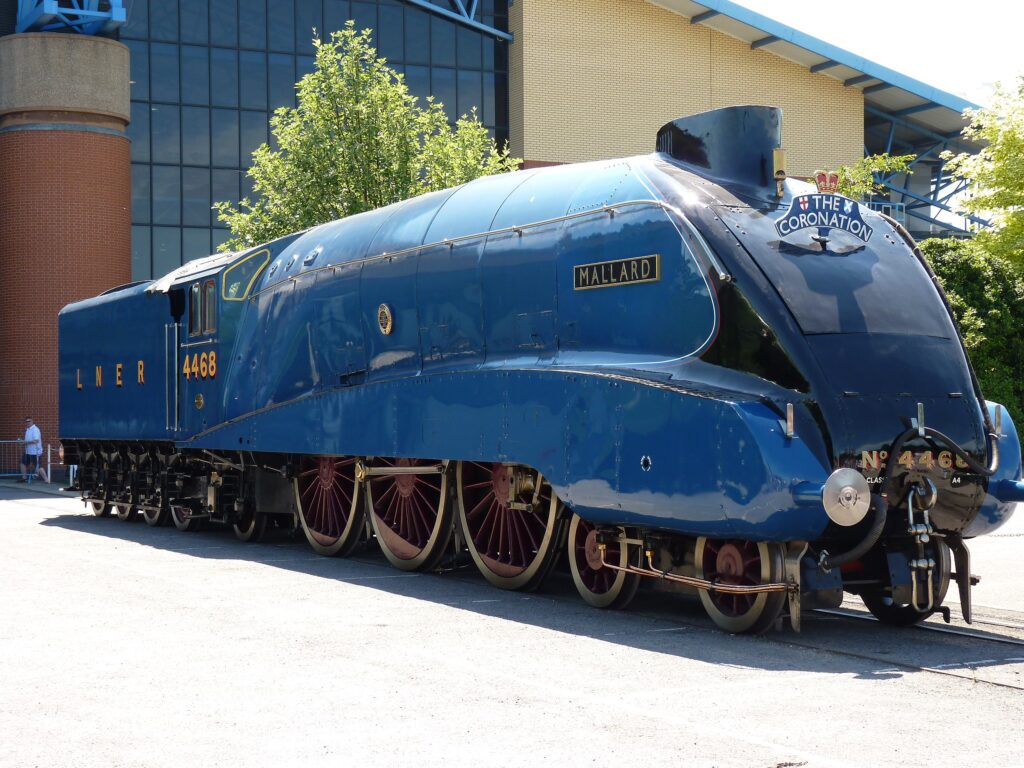
Some of the trains have worm-like designs to decrease wind resistance in tunnels. Others have “duckbill” engines that accomplish the same goal. As I glanced through these images, I was reminded of Frank Herbert’s epic 1965 science fiction novel Dune, where huge sandworms travel at speed underground.
Trains have played a huge role in the history of transportation, and Hayes digs into every corner of it to provide readers with a doctoral-level education on all aspects. True trainspotters will glory in this expansive treatment of a vehicle that changed the world and, with high-speed rail networks getting faster, is doing so again.

White Rock resident Hayes (Incredible Crossings) has given us the benefit of his encyclopedic knowledge, and specialists in railway engineering (aka, ferroequinology) will find much to discuss here. There are so many different kinds of world speed record that one can easily get confused. So many technical terms—bogies, tilts—and so many types of fast train—Frances’s TGV (très grande vitesse), Japan’s Bullet Train—that we are left dazzled, amused, and sometimes befuddled.
But for readers less keen to immerse themselves in the minutia of braking systems, wheel formations, speed-measuring recorders and track design, Hayes provides a chronology of train developments that also offers a sense of how the world has been changed by them.
Lastly, and here I also have the non-specialists in mind, Quest for Speed, with its gorgeous images will revive memories of personal travel. Some of them will cast you back to your childhood dream of sitting up in the cab with a stripe-capped engineer. High above the tracks, you could soon be set to compete with airplanes.
Note on world train speed records: “The highest current speed record for all trains designed to carry passengers . . . is 603 kph (374.7 mph) by a Japanese magnetic levitation (maglev) train on a test track on 21 April. The speed record for a conventional steel wheel and rail train is 574.8 kph (357 mph) by a French SNCF TGV on 3 April 2007.”

*
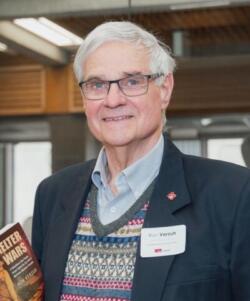
Ron Verzuh is a writer and historian. [Editor’s note: Ron has recently reviewed books by George Galt, David Lester and Marcus Rediker with Paul Buhle, David Spaner, Ken McGoogan, Dietrich Kalteis, Grant Lawrence, and Howard White for BCR.]
*
The British Columbia Review
Interim Editors, 2023-25: Trevor Marc Hughes (non-fiction), Brett Josef Grubisic (fiction and poetry)
Publisher: Richard Mackie
Formerly The Ormsby Review, The British Columbia Review is an online book review and journal service for BC writers and readers. The Advisory Board now consists of Jean Barman, Wade Davis, Robin Fisher, Barry Gough, Hugh Johnston, Kathy Mezei, Patricia Roy, and Graeme Wynn. Provincial Government Patron (since September 2018): Creative BC. Honorary Patron: Yosef Wosk. Scholarly Patron: SFU Graduate Liberal Studies. The British Columbia Review was founded in 2016 by Richard Mackie and Alan Twigg.
“Only connect.” – E.M. Forster





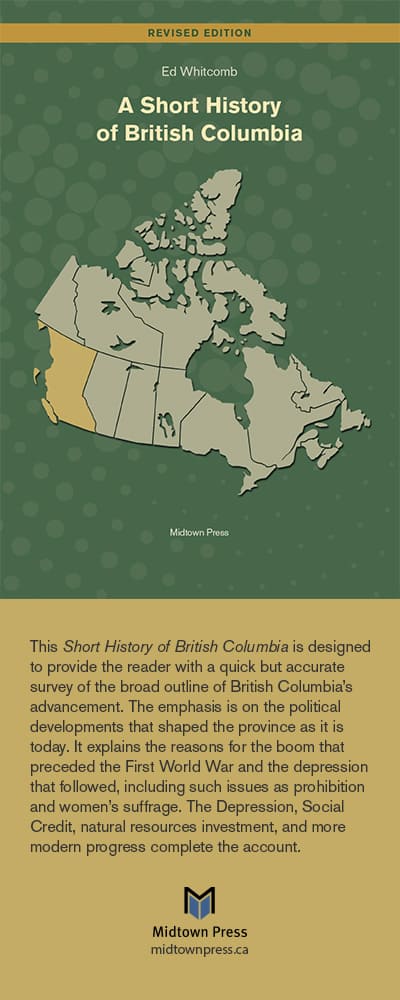




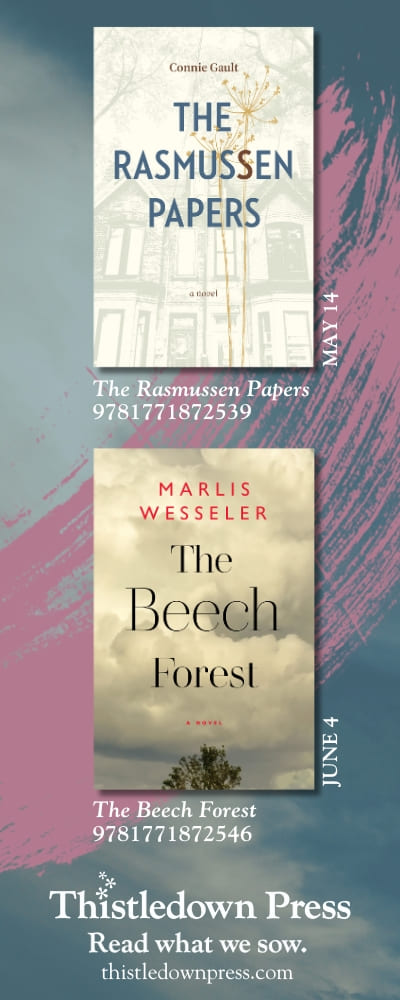
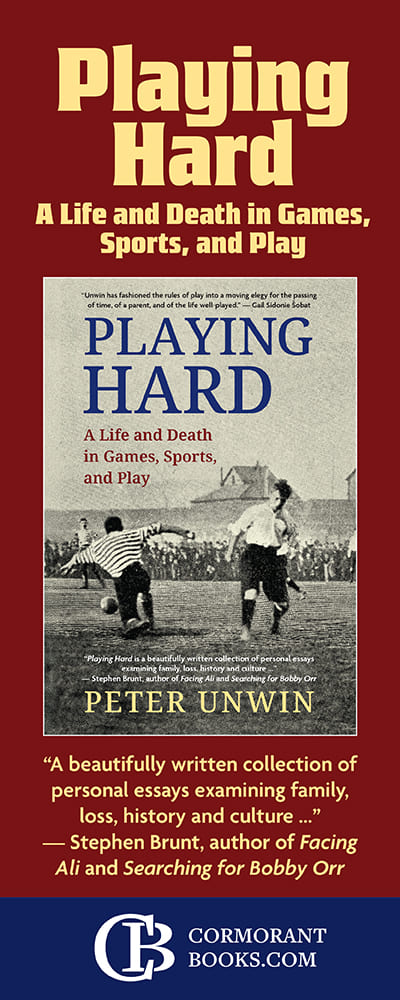

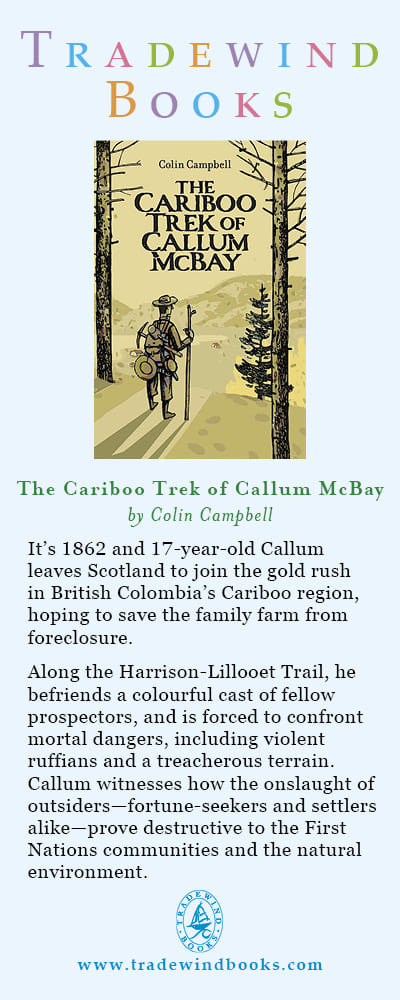



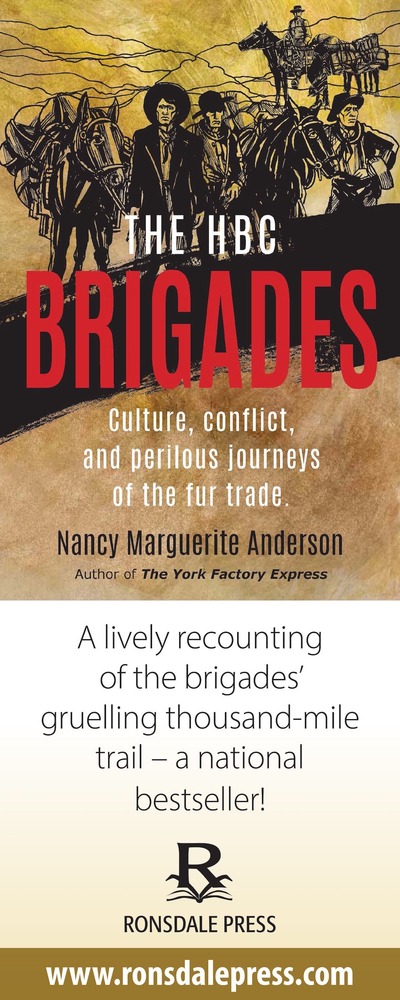



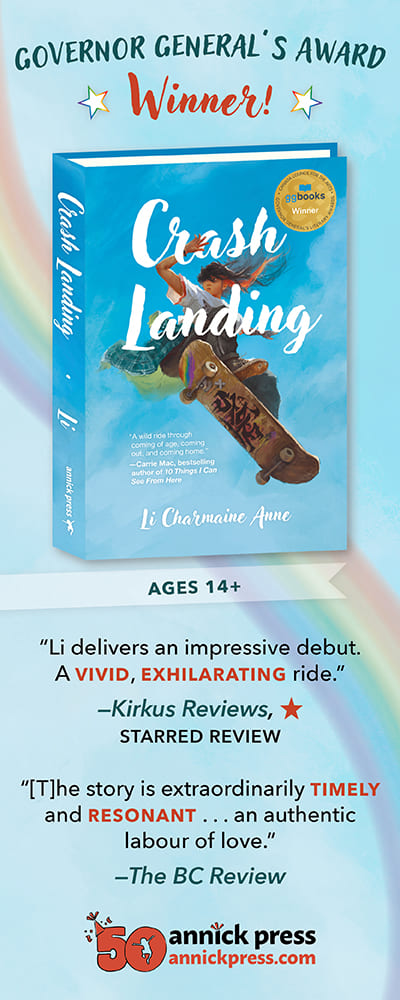









2 comments on “Trainspotting at 603 kph”
After reading Ron’s review of Quest for Speed, I feel compelled to revisit the “Cross Canada Train Adventure” on my “Bucket List” once I have read Derek Hayes book.
Truth be told, I did not have childhood dreams of sitting up in the cab with a stripe-capped engineer. However, I have vicariously enjoyed travelling by train to exotic places in so many books I have read.
I am also now excited by the prospect of travelling on exotic trains capable of speeds of 500 to 600 KM per hour.